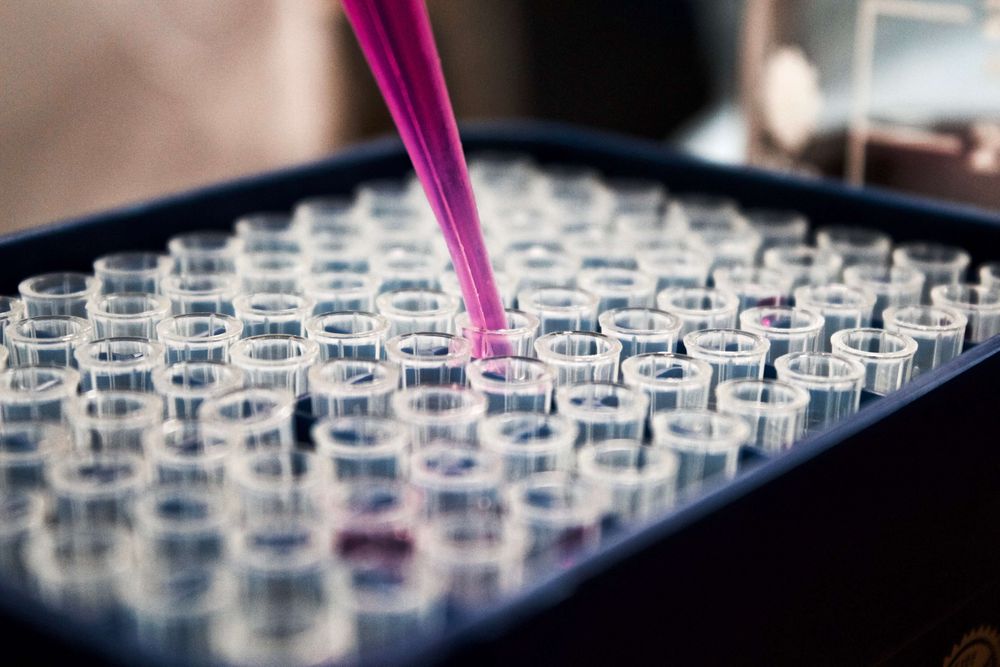Immunoglobulin E (IgE) is a key molecule in allergies - the over-reaction of our immune system to non-harmful antigens from our surroundings. Upon sensitization, which happens at initial contact with antigen (in this case – allergen), allergen-specific IgE is synthesized and sits on the surface of cells (mastocytes and basophils) bound to a high-affinity receptor FcεRI. Following the next exposure, the allergen binds to these IgE molecules, crosslinking the FcεRI on the cell surface and triggering the immune cascade which results in a well-known spectrum of symptoms, ranging from mild runny nose and itching to life-threatening anaphylactic shock.
Total and allergen-specific IgE concentration in serum is routinely used to assess patients’ sensitization status. However, these measurements don’t accurately correlate with an allergic response. In the new Nature paper by the Anthony group at Harvard, we learn that the secret is in IgE glycans: IgE glycan composition and specifically sialylation is established as an important regulator of allergic disease.

Other articles you may like:
 Health
HealthGlycanAge - the Best Biomarker of Biological Age
Over 10 years of research on over 100,000 people condensed in 13 min presentation of Prof Gordan Lauc at the Longevity Leaders Virtual 2020. Check this video for introduction about glycans and their role in ageing and disease.

By Prof Gordan Lauc, PhD
 Health
HealthGlycans Are Crucial for the Response to Sars Cov-2 Infection
Glycans play an important role in the course of SARS-CoV-2 infection and should not be overlooked when searching for ways to understand and control this new disease. Glycans might become a great biomarker tool to predict disease severity, response to therapy and recovery prognosis.

By Olga Zaitseva
 Health
Health



 By Prof Gordan Lauc, PhD
By Prof Gordan Lauc, PhD
 By Olga Zaitseva
By Olga Zaitseva